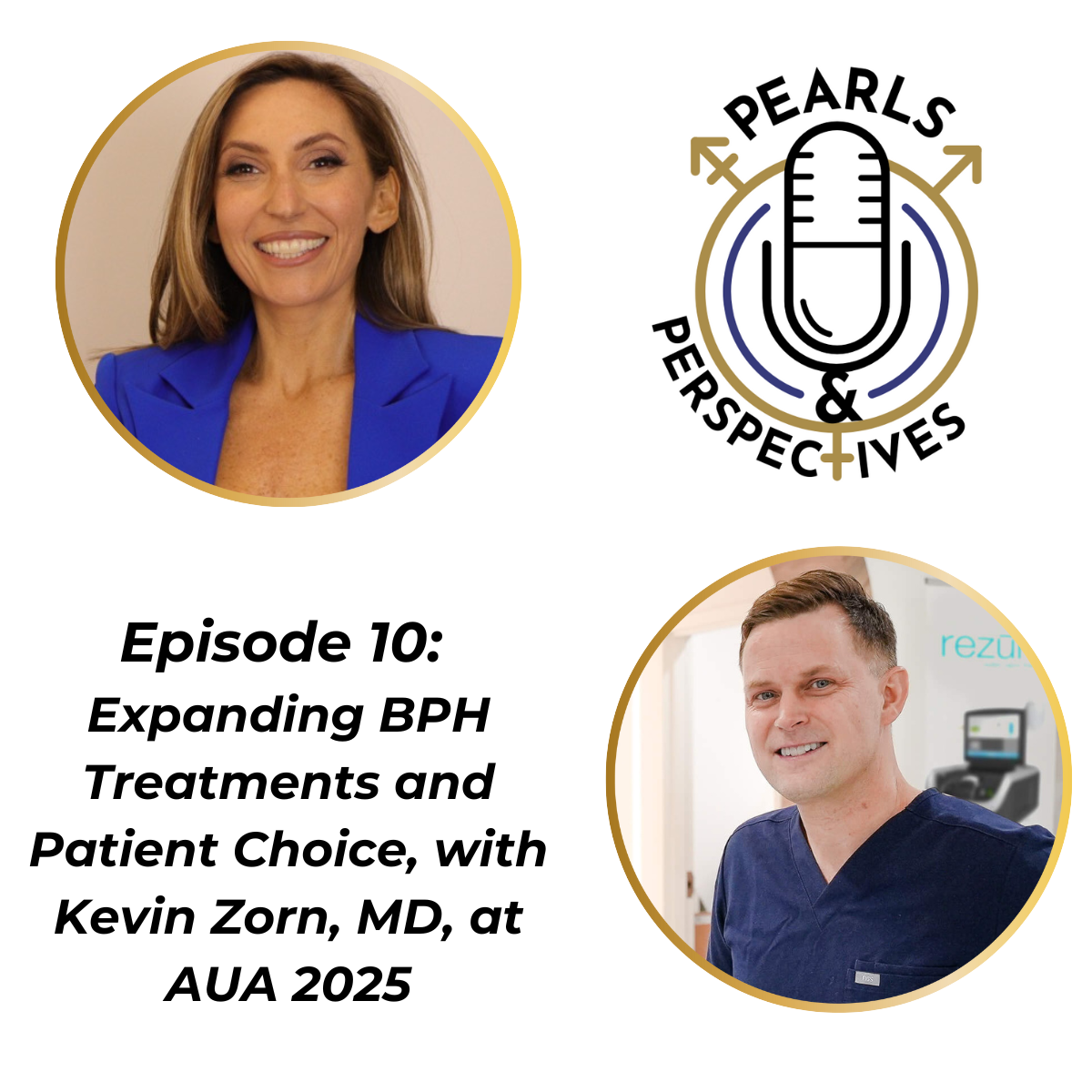News
Video
Savita Dandapani, MD, PhD: Findings from the phase 2 SHARP trial
Author(s):
Dandapani highlights her team's promising findings around combination Ra-223, SBRT and ADT therapy for metastatic castrate sensitive prostate cancer.
New data from the phase 2 SHARP trial showed that radium 223 dichloride (Ra-223) plus stereotactic body radiation therapy (SBRT) and 36-week antigen deprivation therapy (ADT) was well-tolerated and efficacious for improving overall and progression-free survival (PFS) in patients with metastatic castrate sensitive prostate cancer (mCSPC).
The findings from the single-center, open-label trial, presented at the American Society for Radiation Oncology (ASTRO) 2024 Annual Meeting in Washington, DC, this week, more particularly showed the potential combination therapy’s efficacy to treat oligometastatic cases of CSPC, and has thus prompted a phase 3 trial and longterm follow-up analysis.
In an interview with Urology Times during ASTRO 2024, study author Savita Dandapani, MD, PhD, associate professor in the department of radiation oncology at City of Hope, discussed the impetus and implications of the SHARP trial for strategic treatment care of mCSPC.
“The background for doing the SHARP trial was really to try to combine radiopharmaceuticals and SBRT. And that had never been done before,” Dandapani said. “Previous trials had emphasized the importance of SBRT...and all shown a benefit of adding metastasis-directed therapy to oligometastatic sites.”
After the phase 3 ALSYMPCA trial showed an overall survival benefit in patients with castrate resistant prostate cancer treated with Ra-223, Dandapani and colleagues considered whether an earlier application of radiotherapy in hormone sensitive prostate cancer could treat micro-metastases, while SBRT served as a “backbone” therapy plus ADT.
Though her team is still determining the statistical significance of their primary outcome, they observed a median PFS of greater than 21 months in treated patients.
“And other trials using SBRT alone, it was usually about a year, a year-and-a-half,” Dandapani said. “We saw even more benefit in patients with de novo oligometastic disease—that was 30-plus months. That's intriguing, that maybe men who are newly diagnosed with oligometastatic, hormone-sensitive prostate cancer with the prostate intact, benefit from treating the prostate as well as the oligometastatic sites, and that maybe they can have an ADT-free interval before they need any next line of treatment.”
References
- Dandapani SV, Hao C, Ladbury CJ, Wong JYC, et al. Initial Results of a Phase 2 Trial of Stereotactic Body Radiation Therapy, Hormone/Androgen Deprivation Therapy and Radium 223 Dichloride for Oligometastatic Castrate Sensitive Prostate Cancer (SHARP). Poster presented at: American Society for Radiation Oncology (ASTRO) 2024 Annual Meeting. Washington, DC. September 29 – October 2, 2024.
- Nilsson S, Cislo P, Sartor O, et al. Patient-reported quality-of-life analysis of radium-223 dichloride from the phase III ALSYMPCA study. Ann Oncol. 2016;27(5):868-874. doi:10.1093/annonc/mdw065
Newsletter
Stay current with the latest urology news and practice-changing insights — sign up now for the essential updates every urologist needs.













